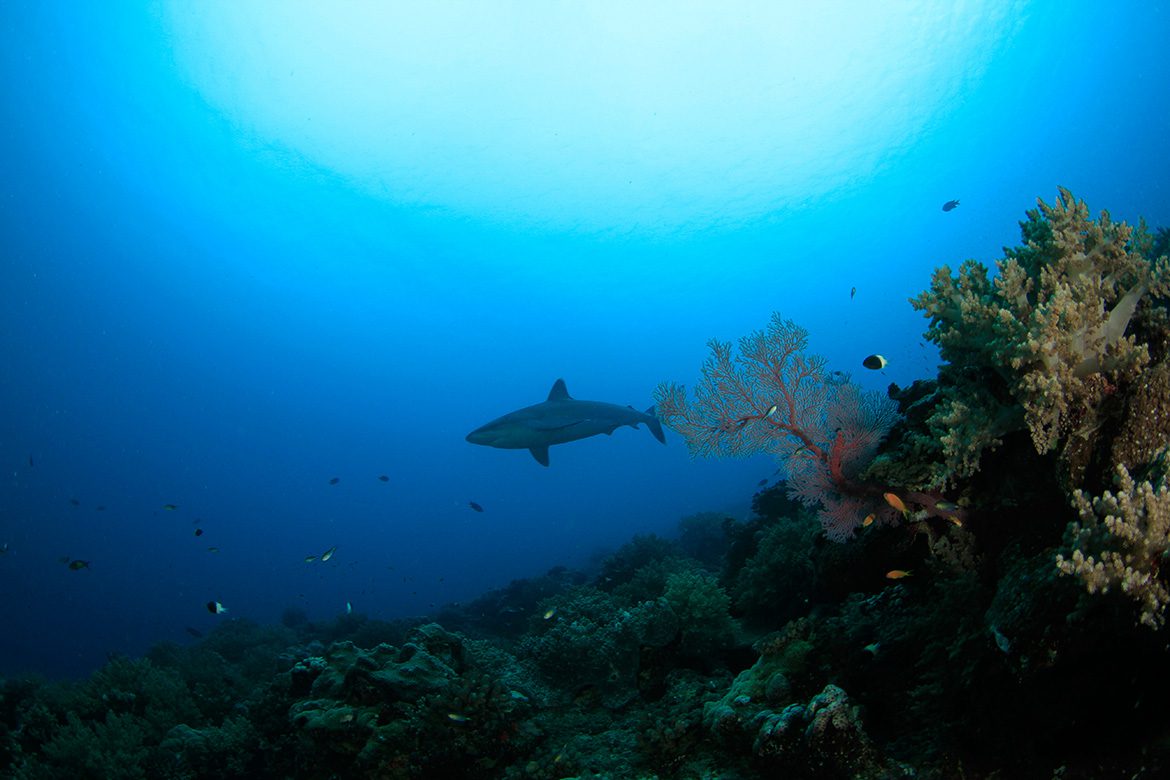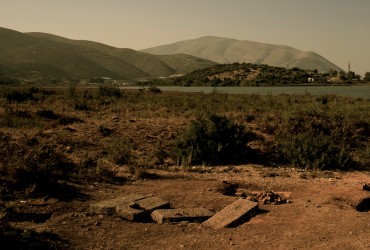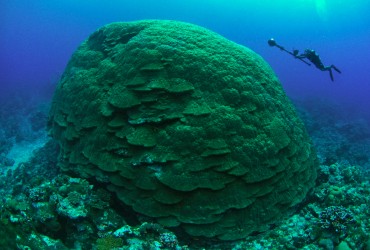From Bourbon to Réunion, the treasure island
Bourbon Island, April 26th, 1720. In front of Saint-Denis, on the northern shore of what will one day become Réunion Island, the docked Portuguese flagship Virgen Del Cabo is a mere shadow of its former self. Several fierce Indian Ocean storms badly damaged this once proud vessel. Repairs are under way, but the 72 cannons were all lost at sea. The owner, the Count of Ericeira and his distinguished guest the archbishop of Goa are supervising the tiring work as they spot two ships on the horizon. Suddenly, one of the sentinel shouts: “Black flags! Pirates!”
One of the outlaw vessels’ captains is none other than Olivier Levasseur, known as “La Buse”, most famous French pirate. He is followed by a fierce crew of sailors from all horizons. Already, they are closing in, and board the Portuguese ship. After a short but intense battle, the Count of Ericeira capitulates. The pirates just can’t believe their eyes when the chests are handed to them. More diamonds, pearls, jewelries, silver and gold plates than they had ever seen before. “It remains the largest booty in the history of piracy”, says the historical comic book “Île Bourbon 1730”, written by Lewis Trondheim and Appollo. Ten years after this fantastic feat, La Buse is caught and brought back to Bourbon to be hanged. Some say his fabulous treasure is still buried somewhere on the island…
Unlike what this epilogue suggests, Bourbon Island has always been particularly tolerant towards pirates of the seventeenth century. Even if these outlaws were officially undesirable, the secluded islanders always appreciated trading with the wealthy pirates to whom they could sell supplies at a good price. Later in 1720, when the local Governor granted pardons, the sailors who accepted to “put down their war weapons and ammunitions, renounce forever to their disorder and swear fidelity to the King of France” could retire on the island in peace and spend their fortunes in any way they saw fit. Many accepted the deal, and slowly Bourbon Island saw its local population grow as French, English, Dutch and even Swedish repented pirates started building the coffee industry that ultimately made the island’s fame and fortune.
 However, this thriving economy was labor-intensive. To satisfy the greed of the new land owners, thousands of slaves were imported and put to work in horrendous conditions. For several decades, it was common to see slave ships dock in Saint-Denis with their hulls filled up with men, women and children, mostly from Madagascar which lies only 700 kilometers to the West. Other slaves were later brought in from Mozambique, Guinea, Congo and even India. Naturally, an important interracial mix occurred across generations. Today, modern Réunion islanders have ancestors from all around the Indian Ocean and the rest of the world. The island really lives up to its name.
However, this thriving economy was labor-intensive. To satisfy the greed of the new land owners, thousands of slaves were imported and put to work in horrendous conditions. For several decades, it was common to see slave ships dock in Saint-Denis with their hulls filled up with men, women and children, mostly from Madagascar which lies only 700 kilometers to the West. Other slaves were later brought in from Mozambique, Guinea, Congo and even India. Naturally, an important interracial mix occurred across generations. Today, modern Réunion islanders have ancestors from all around the Indian Ocean and the rest of the world. The island really lives up to its name.
“This blend of cultures is crucial to understand how deep the “shark crisis” took us”, Fabien Metayer tells me during a cold and wet October morning. I meet with the former director of Réunion’s National Marine Reserve aboard a Parisian barge on the Seine, where his new office is. On the other side of the window, all is grey, the river, the buildings, the sky.
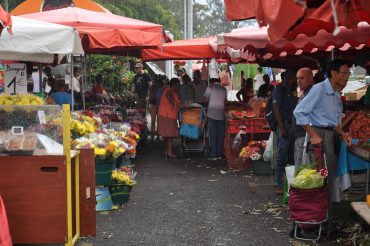 From his warm and cozy wooden office, he takes me on a tropical journey through the island’s history and geography: “As you know, Réunion islanders have many origins: you can now find communities of zarabes, malbars, black creoles, white creoles, Chinese, Indians… There is a remarkable balance, even if they don’t necessarily mix together and live in the same areas. In the West, for example, where most of the shark attacks took place, is where the “Zoreils” might live, which are the whites like you and me. The creoles tend to live further away from the coast, up in the hills, in “les Hauts”. When you look at a map, you realize that Réunion Island is fairly round, and very mountainous. The Piton des Neiges is the highest point in the Indian Ocean, reaching over 3000 meters high. The slopes are very steep, above and under the water. Also, sea breezes continuously blow from the East, making this part of the island lush and green with a healthy dose of rainfall. On the other side, in the West, it’s always nice and sunny and can even be arid in some places. You can drive all around the island in one day, it’s only 250 kilometers. You’ll have some rain in the East, then you’ll go for a swim in the West, you’ll go up for some fresh air and come back down in the heat.”
From his warm and cozy wooden office, he takes me on a tropical journey through the island’s history and geography: “As you know, Réunion islanders have many origins: you can now find communities of zarabes, malbars, black creoles, white creoles, Chinese, Indians… There is a remarkable balance, even if they don’t necessarily mix together and live in the same areas. In the West, for example, where most of the shark attacks took place, is where the “Zoreils” might live, which are the whites like you and me. The creoles tend to live further away from the coast, up in the hills, in “les Hauts”. When you look at a map, you realize that Réunion Island is fairly round, and very mountainous. The Piton des Neiges is the highest point in the Indian Ocean, reaching over 3000 meters high. The slopes are very steep, above and under the water. Also, sea breezes continuously blow from the East, making this part of the island lush and green with a healthy dose of rainfall. On the other side, in the West, it’s always nice and sunny and can even be arid in some places. You can drive all around the island in one day, it’s only 250 kilometers. You’ll have some rain in the East, then you’ll go for a swim in the West, you’ll go up for some fresh air and come back down in the heat.”
The island is segmented not only by its people, but also by the elements. The constant good weather in the West allowed a young fringing coral reef system to start developing some 8200 years ago. By protecting the coast from the waves, the reef created some of the most beautiful beaches on the island, thus making it the most popular seaside zone where all of the fancy houses and hotels now are. As the area around Saint-Gilles got more expensive and exclusive, it became pejoratively known as “Zoreil-Land”. “In the 1970s, says the former director of the marine reserve, there were 350’000 people living on Réunion Island. Today, they are more than 850’000. A lot of pressure is being put on the west coast, where the weather is always nice and sunny.”
During this investigation, I often heard the terms “galloping urbanization” and “water diversion” in the same sentence. Two of the first challenges the new inhabitants of the West had to face was the lack of fresh water and its subsequent treatment. It seems the old sewage systems were never able to catch up with the growing population, and the devastating effects on such a small ecosystem didn’t go unnoticed for very long. “Scientists who grew an interest on the impacts on the marine environment quickly realized how catastrophic the situation was”, deplores Fabien Metayer.
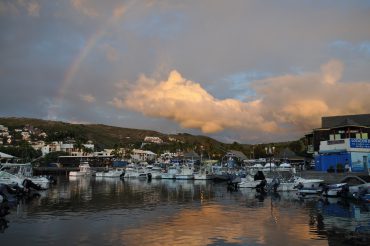 This introduction confirms what I was thinking all along: I need to see Réunion Island with my own eyes and meet its people in order to fully understand the roots of the “shark crisis”. Time has come to pack by bags and catch a plane. After a long flight that took me all across Africa, I arrive one sunny December afternoon at the National Marine Reserve headquarters, in front of the beautiful Ermitage beach, close to Saint-Gilles. I have an appointment with the current director. In the conference room, where there is a much appreciated breeze blowing through the open windows, I meet with Karine Pothin. In her thirties, she wears bright pink earrings that stand out against her dark skin and darker dress. She couldn’t better represent the island’s cultural blending. Straight from the start, she confirms what Fabien Metayer told me a couple months earlier in Paris: “In the 1980s and 1990s, the scientific community began to warn against the rapid deterioration of our unique coral system. In those days, nature conservancy was far from being as trendy as today.” What about the sharks? “People couldn’t care less.”
This introduction confirms what I was thinking all along: I need to see Réunion Island with my own eyes and meet its people in order to fully understand the roots of the “shark crisis”. Time has come to pack by bags and catch a plane. After a long flight that took me all across Africa, I arrive one sunny December afternoon at the National Marine Reserve headquarters, in front of the beautiful Ermitage beach, close to Saint-Gilles. I have an appointment with the current director. In the conference room, where there is a much appreciated breeze blowing through the open windows, I meet with Karine Pothin. In her thirties, she wears bright pink earrings that stand out against her dark skin and darker dress. She couldn’t better represent the island’s cultural blending. Straight from the start, she confirms what Fabien Metayer told me a couple months earlier in Paris: “In the 1980s and 1990s, the scientific community began to warn against the rapid deterioration of our unique coral system. In those days, nature conservancy was far from being as trendy as today.” What about the sharks? “People couldn’t care less.”
Nevertheless, the experts convinced the authorities that the reef badly needed protection. After several years as a small association, the Réunion’s National Marine Reserve was officially born in 2007. “The vast majority of inhabitants agree that our marine environment deserves protection, says Karine Pothin, but nobody really wanted a reserve in their backyard. After years of compromises, we now have a very complicated zoning system.”
Today, there are four levels of protection. The fully protected zones, where no human activity is allowed whatsoever, only cover two square kilometers. “Elsewhere in the reserve, explains the former director Fabien Metayer, various activities are permitted and regulated. You can kitesurf, Standup Paddle, scuba dive. You can even fish professionally or recreationally, but not anywhere and anytime. It’s a small area enjoyed by many people, so we had to precisely delimit what was permitted and where. It wasn’t easy to enforce the rules at first, but we were heading towards the right direction until a tragic episode of shark attacks almost destroyed all of our work. Since 2011, every fatal accident took place in the waters of the marine reserve and angry people started pointing fingers.”
Boucan Canot has always been the most popular beach on the island, being the closest to Saint-Denis, the capital. It is famous for its white sand, palm trees and good waves. It’s Réunion’s version of Malibu. “With my friends, that’s where we would hang out every single week-end when we were younger”, remembers Karine Pothin. She used to swim to the outer buoy without a second thought. She couldn’t imagine doing that again after what happened in 2011.
Indeed, Boucan Canot is one of the open beaches, where corals grow a few meters beneath the surface. Large fish can come very close to shore, and they did, in September 2011, sending shock waves through the island and the rest of the world: Mathieu Schiller, a bodyboard champion, respected surf instructor and loved member of the local community was killed by one or several sharks. His body was never found. During the four following years, the beach was all but abandoned, to the local shopkeepers’ great dismay.
In the minds of several people, the marine reserve had started to overflow with so many fish that it had attracted these new predators. “It can’t be true, answers Karine Pothin. Luckily, we see an improvement in the four fully protected zones of the reserve, but there still isn’t a spill-over effect, which is when species recolonize the less protected areas. Those who say that the marine reserve is a free-for-all supermarket for sharks must tell me where to dive, because no one has ever been able to prove that.”
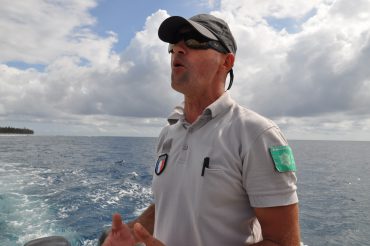 Maybe it’s not a supermarket for sharks, but some poachers definitely consider it as their unlimited source of free fish, as one of the reserve’s agents told me during a patrol by boat. “Poaching has decreased over the years, says Jérôme Suros, one of the environment police officers, but a hard core group still hunts with absolutely no authorization. We know them, and they know us. They are smart, and wait for the night to go out. Three weeks ago, we caught a guy with 30-35 kilos of lobster.” The crustacean is worth 35 euros a kilo during the Christmas holidays season…
Maybe it’s not a supermarket for sharks, but some poachers definitely consider it as their unlimited source of free fish, as one of the reserve’s agents told me during a patrol by boat. “Poaching has decreased over the years, says Jérôme Suros, one of the environment police officers, but a hard core group still hunts with absolutely no authorization. We know them, and they know us. They are smart, and wait for the night to go out. Three weeks ago, we caught a guy with 30-35 kilos of lobster.” The crustacean is worth 35 euros a kilo during the Christmas holidays season…
It’s hard to imagine people considering hunting at night in an ocean supposedly teeming with 300-kilo-predators. “If there were so many sharks as some believe, adds the reserve’s agent, the poachers wouldn’t stand a chance when they go hunting for parrot fish. It’s an animal that makes tremendous sound when wounded, and that is known to attract sharks looking for an easy target.”
The sheer complexity of the situation is slowly coming to light. Karine Pothin, the current director of the Marine Reserve, summarizes: “Because of Réunion’s unique topography, solutions from other countries can simply not be implemented here. We looked at what the Shark Spotters do in South Africa for example, but our sea floor drops sharply after what we call the Sec, an underwater plateau around our island. Their technique does not work here.”
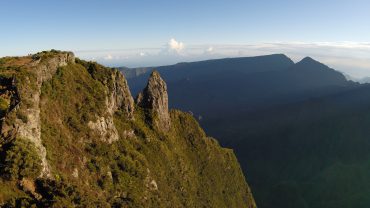 Fabien Metayer, the former director, confirms the singularity of the French island: “The situation there is extraordinary. Historically, the people from Réunion have never been ocean-oriented. Of course, people go fishing, or scuba diving. They take the boat from point A to point B, but nobody really sails around the island for fun. Quite the opposite of Brittany or the Mediterranean. It’s partly cultural, but the ocean is a harsh one in Réunion Island. The coast doesn’t offer a safe mooring zone, except in Saint-Paul’s bay in the West. ”
Fabien Metayer, the former director, confirms the singularity of the French island: “The situation there is extraordinary. Historically, the people from Réunion have never been ocean-oriented. Of course, people go fishing, or scuba diving. They take the boat from point A to point B, but nobody really sails around the island for fun. Quite the opposite of Brittany or the Mediterranean. It’s partly cultural, but the ocean is a harsh one in Réunion Island. The coast doesn’t offer a safe mooring zone, except in Saint-Paul’s bay in the West. ”
All along its tumultuous history, the people from Réunion have feared this gigantic mass of water, often the carrier of bad news. However, since the 1970s and the arrival of wealthy families from mainland France, two marine sports rapidly gained in popularity: spearfishing…. and surfing. The success story came to a brutal stop, the 26th of July 2013. It was a Friday.
